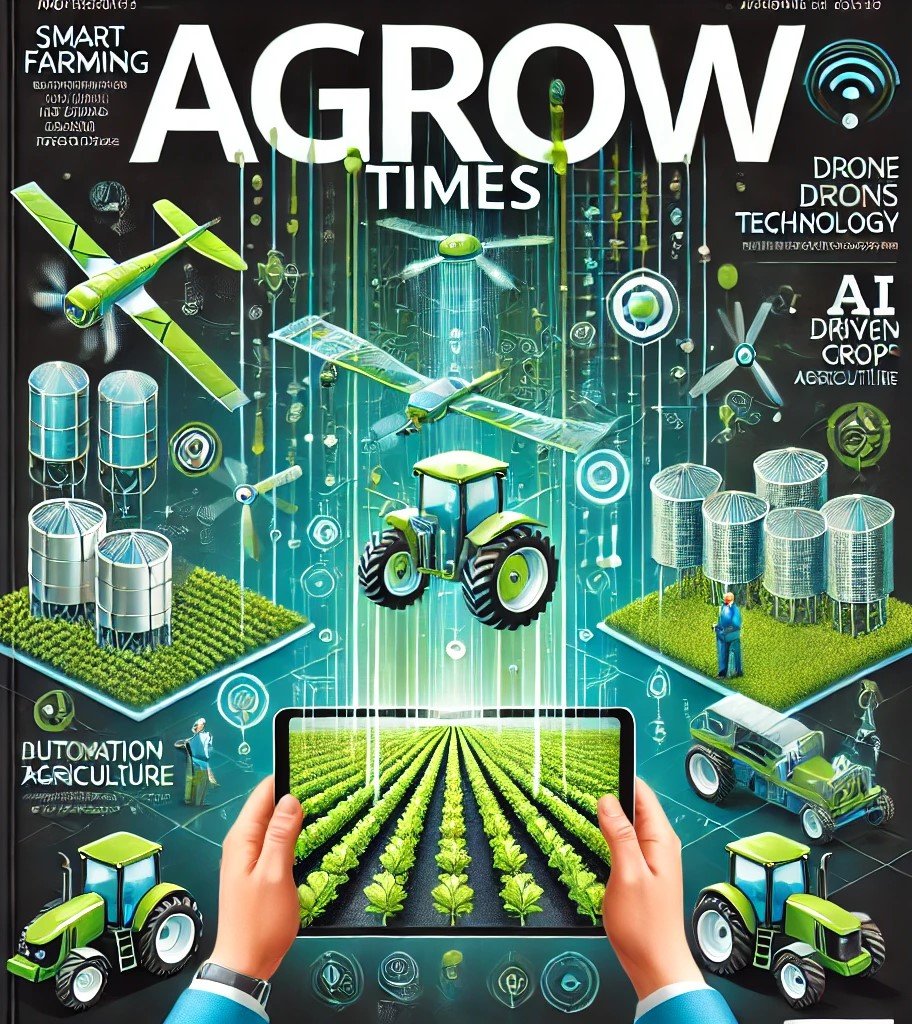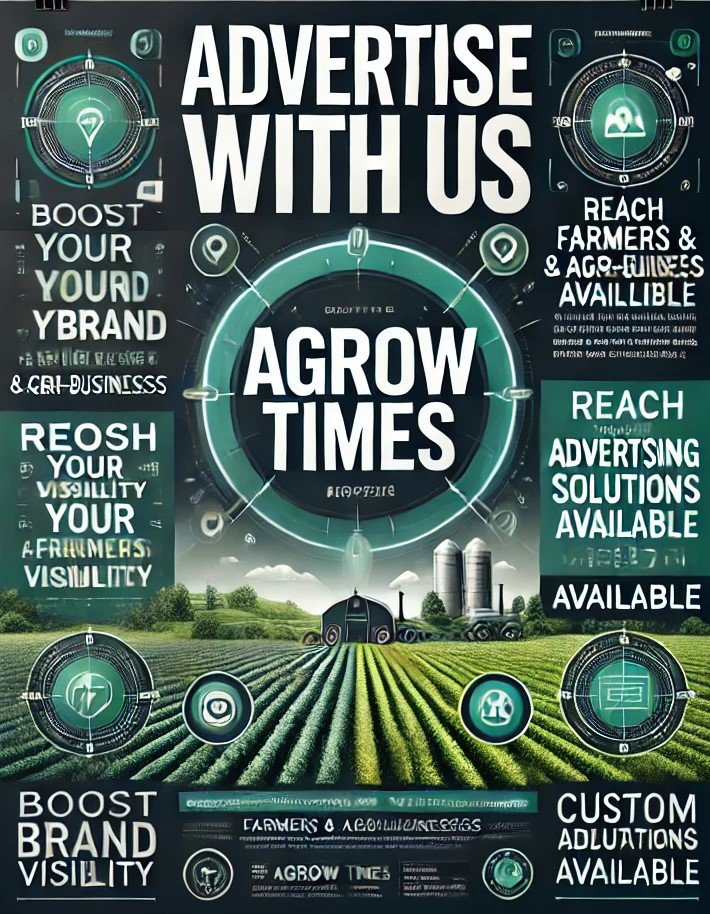Precision farming technologies integrate seamlessly with tractors to enhance efficiency, productivity, and sustainability in modern agriculture. Here’s how they work together:
1. GPS and Auto-Steering Systems
- How it Works: GPS systems guide tractors along predefined paths with high accuracy. Auto-steering reduces human error and ensures precision.
- Benefits: Minimizes overlaps, saves fuel, reduces soil compaction, and improves productivity.
2. Variable Rate Technology (VRT)
- How it Works: Sensors and software control the rate of seed, fertilizer, or pesticide application based on soil conditions or crop needs.
- Benefits: Optimizes resource usage, increases yields, and reduces input costs.
3. GIS Mapping and Sensors
- How it Works: Geographic Information Systems (GIS) generate field maps using data from sensors (soil, crop, or weather). Tractors use these maps for precision tasks.
- Benefits: Helps in targeted planting, irrigation, and fertilization, enhancing efficiency.
4. Telemetry and IoT Integration
- How it Works: Tractors equipped with IoT sensors send real-time data (like fuel consumption, engine status, and field progress) to cloud-based platforms.
- Benefits: Enables remote monitoring, predictive maintenance, and better farm management.
5. Drones and Imaging Technologies
- How it Works: Drones or satellite imagery identify field conditions, and tractors respond by adjusting operations, such as applying fertilizers or pesticides.
- Benefits: Reduces unnecessary inputs and addresses crop variability.
6. Smart Implements and Automation
- How it Works: Implements like seed drills or fertilizer spreaders sync with tractor software to perform automated precision operations based on field data.
- Benefits: Enhances accuracy, reduces waste, and maximizes crop health.
7. Soil and Crop Sensors
- How it Works: Sensors measure moisture, nutrient levels, and crop health. Tractors integrate this data for precision irrigation, planting, or fertilizing.
- Benefits: Improves decision-making and resource efficiency.
8. Data Management and Analytics
- How it Works: Data collected from tractors, sensors, and other sources is analyzed to improve field operations and overall farm management.
- Benefits: Facilitates data-driven decisions and boosts productivity.
Summary of Benefits:
- Improved Accuracy: GPS and automation reduce manual errors.
- Resource Optimization: Variable rate and sensors help in the judicious use of inputs.
- Cost Savings: Reduced wastage of fuel, fertilizers, and pesticides.
- Higher Yields: Precision techniques enhance crop productivity.
- Sustainability: Minimizes environmental impact through targeted operations.









